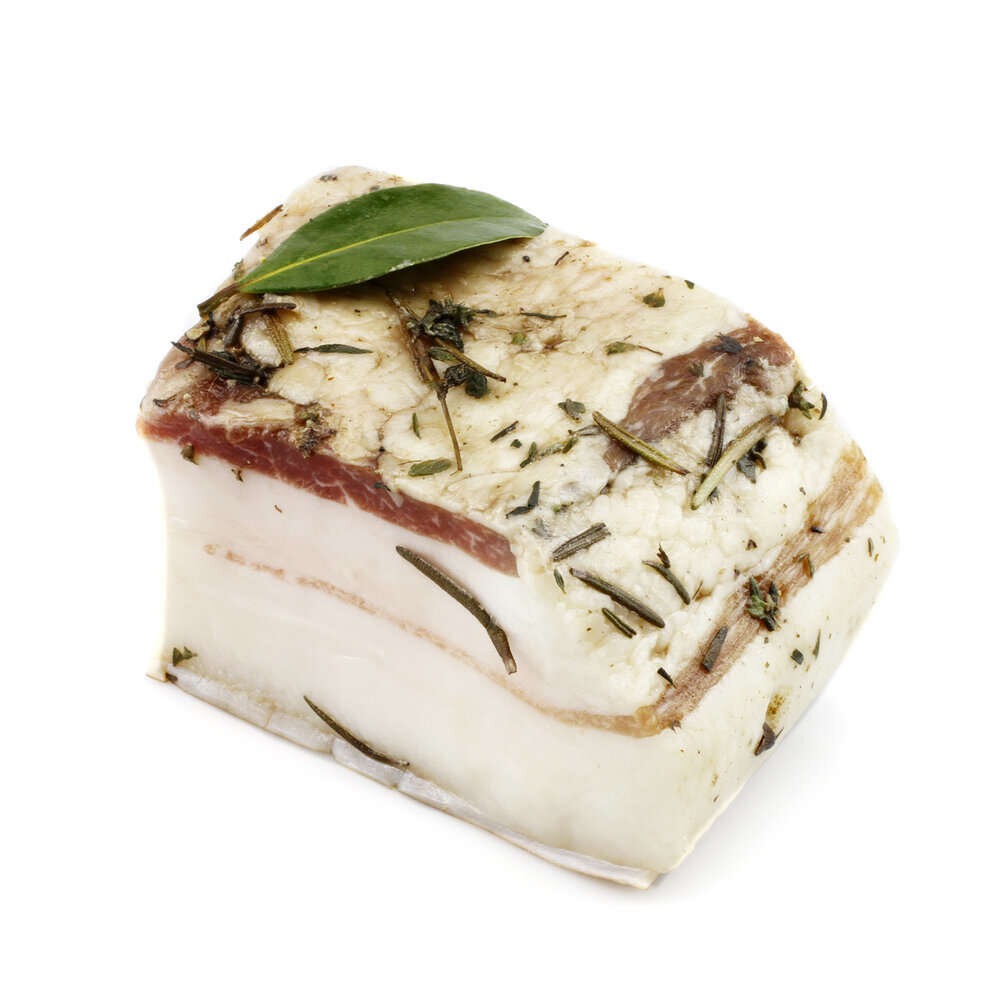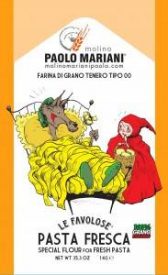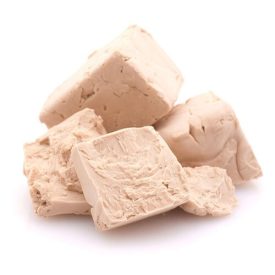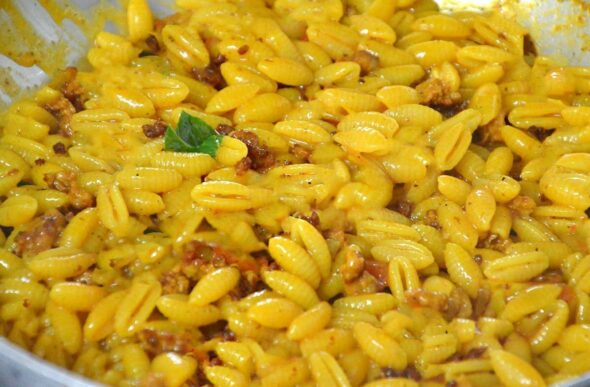It is a variety of lardo (a cured pork product) produced exclusively within the municipal boundaries of Arnad in lower Aosta Valley, Italy. It is produced by curing pieces of fatback in brine aromatised with herbs and spices such as juniper, bay, nutmeg, sage and rosemary. The brining takes place in wooden tubs known as doïls made of chestnut, oak or larch and are used solely for this purpose.
Lard from Arnad – 100g Freshly Sliced
£2.31
| Weight | 0.1 kg |
|---|---|
| Ingredients | Pork, Water, Salt, Spices, Herbs. |
| Region | Piemonte & Valle d'Aosta |
| Categories | Cured Meat |
Related Recipes
Lard from Arnad – 100g Freshly Sliced
{{ reviewsTotal }}{{ options.labels.singularReviewCountLabel }}
{{ reviewsTotal }}{{ options.labels.pluralReviewCountLabel }}
{{ options.labels.newReviewButton }}
{{ userData.canReview.message }}










